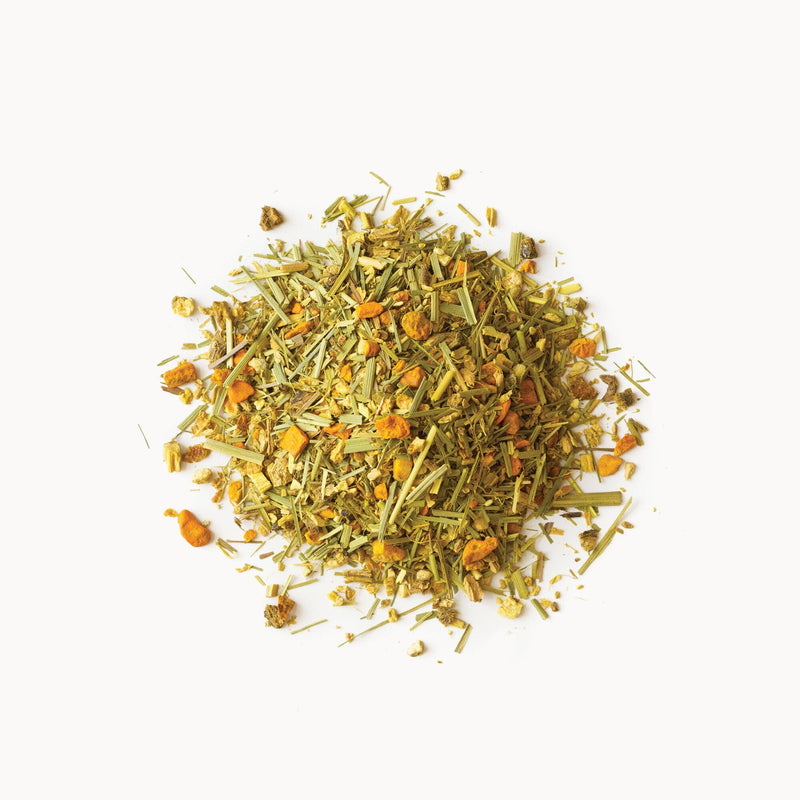Before selecting a jar or vessel for your tincture, first calculate the ratio of plant material to alcohol. Once you’ve determined how much of each you’ll be using, you can choose a container that fits your needs. Pro tip: berries, barks, and some roots can expand to nearly double their dried size when reconstituted, so be sure to account for that extra volume.
Instructions:
- Place your dried herbs in an appropriately sized jar and pour your alcohol over them until they’re fully covered.
- Seal the jar tightly and put it in a cool, dry place away from sunlight for up to three weeks.
- Shake the bottle daily to ensure all the plant matter is evenly distributed.
- After several weeks, strain the plant matter out of your tincture and pour the liquid into a dark bottle.
Please note that most alcohol-based tinctures have a shelf-life of 3-5 years. Removing as much plant sediment as possible and storing your tincture properly will help extend the shelf life.
Tea Tinctures with Herbal Blends
If you’re new to crafting your own tinctures, consider starting with a premixed herbal blend—like our loose leaf herbal teas. Thoughtfully curated by experts, our blends take the guesswork out of balancing herbs, making them a simple and reliable starting point. Our tea shop has a huge selection of herbal blends for you to explore based on your needs.

 Fall Teas
Fall Teas

































